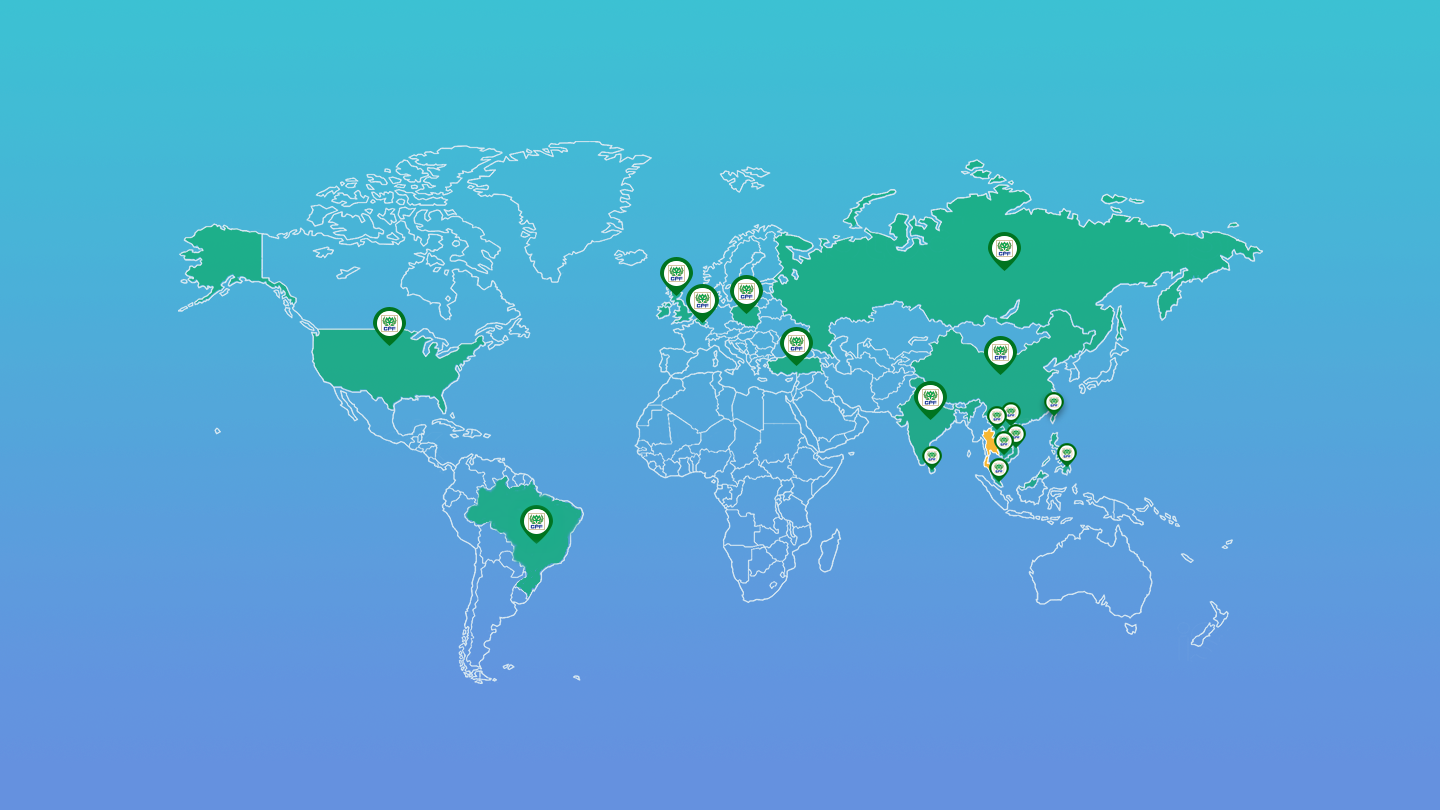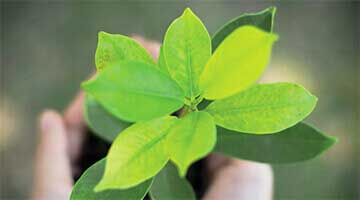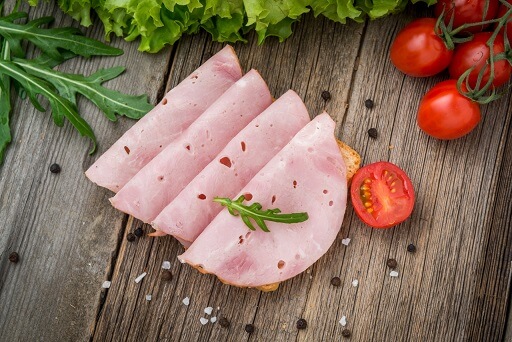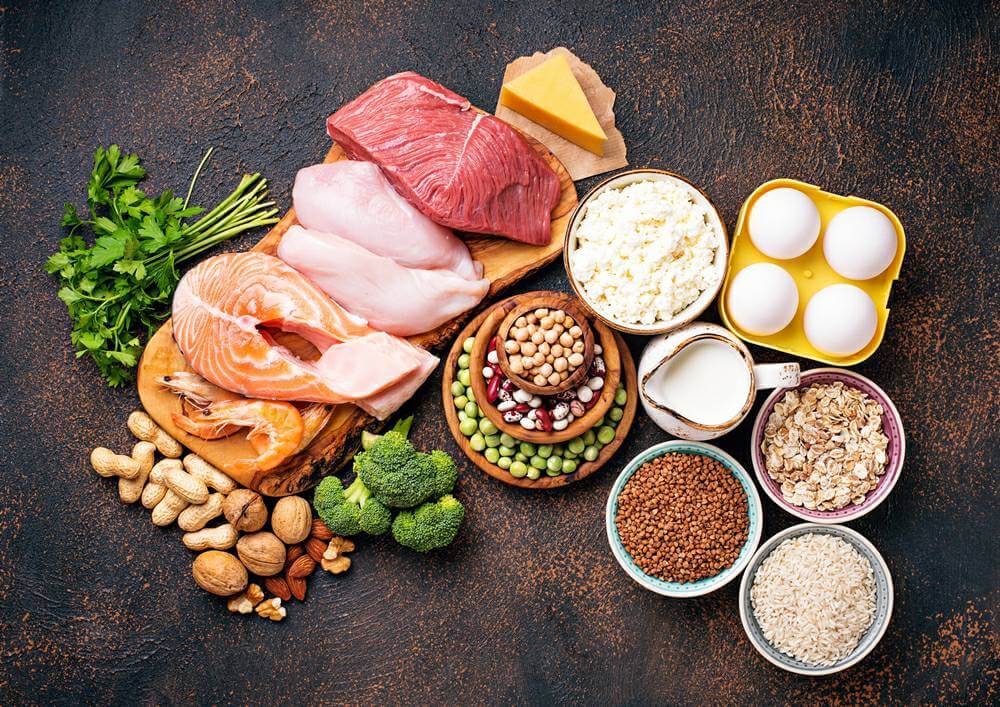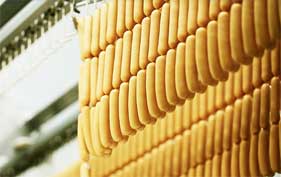

Sausage Production Made Easy with Automation Line
By Dr. Eakkasit Pornpatdetudom
Research and Development Manager
Charoen Pokphand Foods (Thailand) Plc
Busy lifestyle has encouraged people to look for easy-to-consume food. “Sausage”, though originally not part of the Thai cuisine, has become increasingly popular and even indispensable for lots of people. Let’s look at how sausage is produced and how a modern production process makes it easier to produce and safer to consume.
To get high quality sausages that are safe to eat, you may have to consider the following factors.
Research and development
To make premium and safe sausage, we definitely need an advanced technology. Before we get to that process, quality manufacturing always starts from research and development. Experienced food scientists with expertise in meat products have to work hard to produce a right recipe that best addresses consumers’ demand and taste. Such research and development is based on marketing-related information, such as taste, look and feel, texture, nutrition information and safety certification. Once the food scientists successfully develop a right recipe, the production process starts.
Raw materials and flavoring selection and storage
Traceability has become critical today in the food industry. Everything that becomes part of a product has to be able to trace back by consumers from where raw materials come from till the product is finished. This significantly reduces contamination from human to products and we can adopt this for sausage as well. For sausage production, we start by carefully sourcing raw materials that allows us to trace to their original sources. When the raw materials are stored and transported to the manufacturing plant, we have to make sure that they are kept in low temperature in order to get the best meat that is fresh, clean and safe. Once the raw materials arrive at the plant, they are stored in an automated storage room. Temperature is kept between 0-4 degree Celsius to prevent bacteria from growing quickly. First-in first-out (FIFO) system is adopted in the inventory system using an advanced computer system and Radio Frequency Identification (RFID) for efficient control and for reliability that the raw materials will always be fresh and well managed.
All the ingredients, spices and flavoring additives are sourced from producers who have met international standards and legal requirements. After passing a stringent quality check, the raw materials are accepted into the production process, all of this is to ensure high quality and tasty and unique products
Production process
Thanks to the state-of-the-art technology and machines, we can produce 70 tons of sausage using merely 20 people. What’s even more fantastic is the safety of the food. With less direct contact between people and food, the lesser chance the food is contaminated. In addition, people in the production line are encouraged to efficiently work with modern equipment which in a way helps upgrading them to be skilled labor and reduces the critical problem of labor shortage.
The latest sausage production process is carefully designed to allow traceability at every step. It first analyzes raw meat from storage that is automatically put into a grinder using the Near Infrared Spectroscopy or NIR Spectroscopy. The technologies can tell how much fat, protein and humidity is in the raw material. This piece of information is useful for adjusting the recipe to best match each product. After that, minced meat is mixed with other spice and ingredients to get the best and unique taste of each product before the outcome is passed to a casing machine specially designed to produce a product with a greater length to support a continuous production process. Throughout the production process, temperature is controlled at between 0-12 degree Celsius to ensure the best quality and taste of the sausage. More importantly, this reduces bacteria that makes food product rotten and therefore minimizes the contamination.
From the casing station, the sausages are smoothly passed through a smoking unit using a hook belt. This process begins with the showering zone, onto the smoking zone, the cooking zone and the chilling zone. Throughout these steps, a computerized system is used for effective control. The smoking unit has an automatic temperature control system that produces the best smoked product with the best color, smell and taste. In addition, product shelf life is lengthened thanks to the smoking unit. Today’s modern combustion system allows us to separate tar which contains carcinogenic substance such as polycyclic aromatic hydrocarbon or PAHs and prevent them from contaminating the products.
Packing and packaging
Another critical step is packing which starts from the moment that the sausages are transported out of the smoking unit. They will be cut to an appropriate size according to unique characteristic of each product before the packing machine takes the turn placing them into the packaging with the least possible contact from human beings to minimize contamination.
To extend a product shelf life, a lot of manufacturers use thermoformed packaging or multilayer film which normally contains low-humidity absorption material like nylon, and low oxygen absorption materials like Ethylene Vinyl Alcohol (EVOH) and Polyvinylidene Chloride (PVDC). Our packaging can therefore effectively extend the product shelf life. These qualifications help enhancing the vacuum packaging to extend the product shelf life even further.
It is clear that the modern sausage production technology has been so progressive which helps enhancing product quality and safety to consumers.

